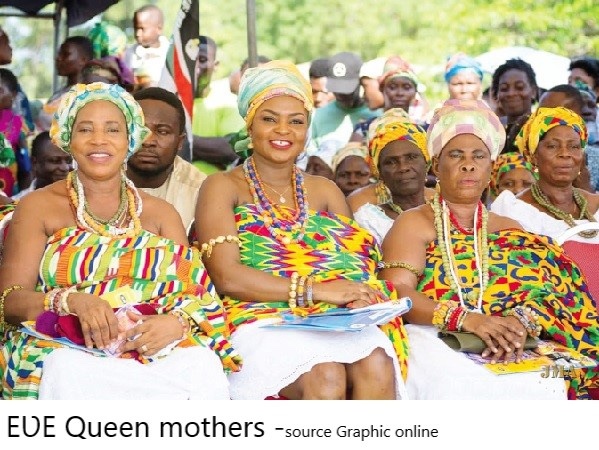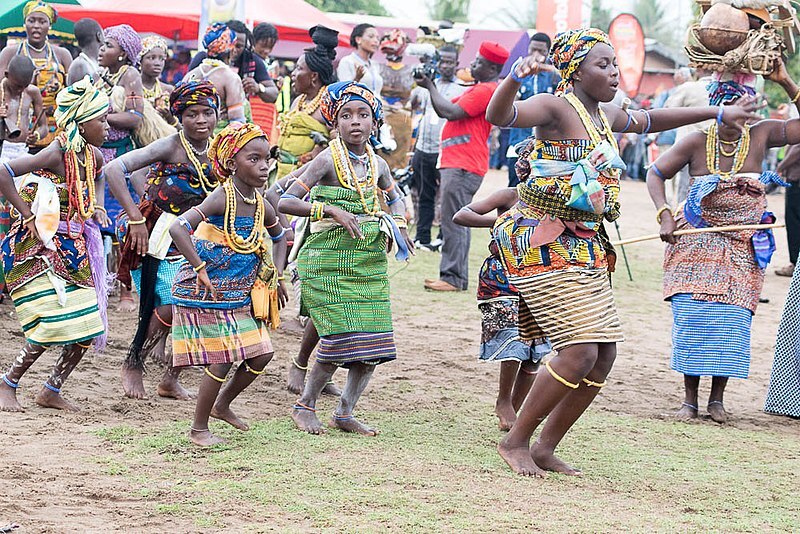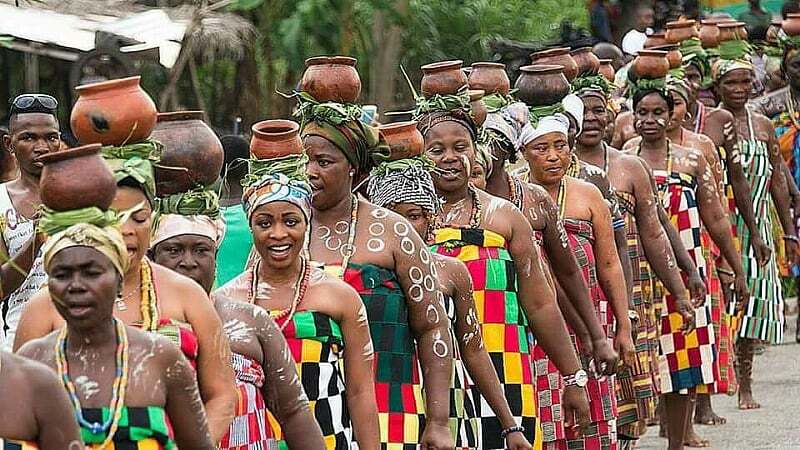The Ewe people, known as Eʋeawó in their native language, form a vibrant Gbe-speaking ethnic group whose cultural tapestry stretches across the coastal regions of West Africa. With the largest population in Ghana, numbering around 6.0 million, and the second largest in Togo, with approximately 3.1 million, the Ewe people have a rich heritage that ties them to various Gbe-speaking communities, including the Fon, Gen, Phla Phera, Gun, Maxi, and the Aja people of Togo, Benin, and southwestern Nigeria.
Language and Connection
At the heart of their identity is the Ewe language (Ewe: Eʋegbe), a member of the Gbe family of languages. This linguistic connection binds them closely with other Gbe speakers, creating a cultural bridge that extends beyond geographical boundaries. Their linguistic ties link them with communities such as the Fon, Gen, Phla Phera, Gun, Maxi, and the Aja people, forming a mosaic of shared linguistic and cultural elements.
Demographic Spread
Geographically, the Ewe people are primarily situated in the coastal regions of West Africa, ranging from the area south and east of the Volta River to the Mono River at the border of Togo and Benin. Additionally, they have a significant presence in the southwestern part of Nigeria, close to the Atlantic Ocean. Key concentrations of the Ewe population are observed in the Volta Region in southeastern Ghana, southern Togo, and the southwestern part of Benin. A smaller population resides in the southwestern region of Nigeria, mainly settled in Badagry.
Diverse Groups within Ewe
The Ewe community is not homogenous; it comprises several groups distinguished by dialectical variations and geographic concentrations. Notable subgroups include the Anlo Ewe, Ʋedome (Danyi), and Tongu or Tɔŋu. Within this diverse landscape, the Anlo sub-branch holds prominence, serving as the literary language that preserves the cultural and historical narratives of the Ewe people.
Roots and Migrations
The historical roots of the Ewe people are intertwined with migrations and cultural evolution. Formerly known as the Dogbo, their ancient history remains unrecorded. Oral traditions hint at a migration from a place named Ketu or Amedzofe (Amejofe), currently located in the Republic of Benin near the border between Benin and Nigeria. The 17th century witnessed invasions and wars that prompted the Ewe people to migrate from their original locations to their present homelands.
Archaeological evidence sheds light on their presence in the region, suggesting a dynamic existence dating back to at least the 13th century. However, this period was not without turmoil, particularly during the rule of Yoruba warriors from the Oyo Empire. The oral tradition recounts the reign of the formidable King Agɔ Akɔli (or Agor Akorli) of Notsie, a walled town in Togo, in the 17th century. King Agor Akorli’s high-handed rule led to the escape and dispersal of the Ewe people to their current locations.

,
Shared History with Gbe Speakers
The Ewe people share a historical connection with speakers of Gbe languages. These communities occupied the region between Akan land and Yorubaland, leading some historians to attempt ties with both Akan and Yoruba ethnic groups. However, contemporary studies assert that the Ewe people are distinct ethnic entities, influenced by but not belonging to either Akan or Yoruba cultures.
Relations with Europeans and Colonial Era
Before the slave trade and colonial era, the Ewe people maintained positive relations with Europeans. However, in 1784, conflicts arose with Danish colonial interests as Denmark sought to establish coastal forts in Ewe and Yoruba regions for its officials and merchants. Situated between powerful slave-trading kingdoms such as the Asante, Dahomey, and Oyo, the Ewes experienced the dual fate of being victims of slave raiding and trade while also engaging in the sale of war captives to European powers.
.

.
Post-Slavery Prosperity and Colonial Division
With the abolition of slavery and the cessation of the slave trade, the Ewe people flourished in their major economic activities. These included cotton and rice farming, palm oil and copra production, and exports. However, their region became a geopolitical chessboard, divided between colonial powers. Initially shared between German and British colonies, the territories underwent further division after World War I. The British and a British-French joint protectorate administered the area. Post-World War I, British Togoland and French Togoland emerged, later renamed Trans Volta Togoland and Togo, respectively. Trans Volta Togoland eventually voted in a United Nations-supervised plebiscite to join the newly independent Ghana. On April 27, 1960, French Togoland became the Republic of Togo, gaining independence from France.
.
Unification Efforts and Contemporary Challenges
Throughout the colonial and post-colonial periods, efforts have been made to consolidate the Ewe people into a unified country. Many post-colonial leaders have occasionally supported their cause, but none have succeeded in achieving this unification.
.
READ ALSO:
History of Radio in Ghana
.
SKB Journal appreciate you a lot for reading! If you enjoyed this piece by Samuel Kwame Boadu, kindly hit the share button and help others to also see it. You can also like our Facebook page, so you know when we make new posts or Click to JOIN our Telegram Channel where we post JOBS + TIPS




